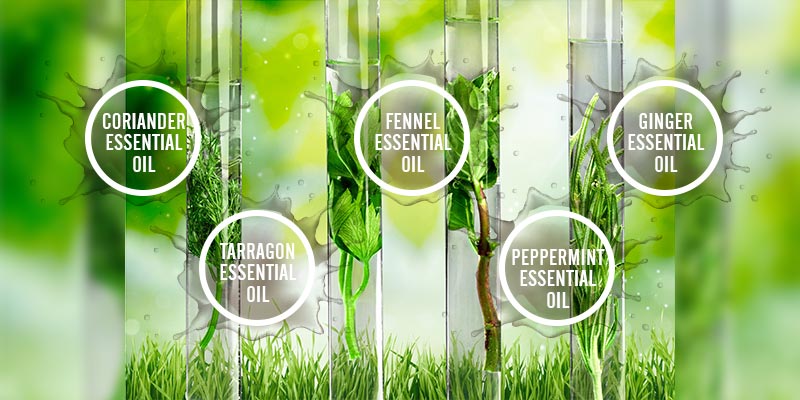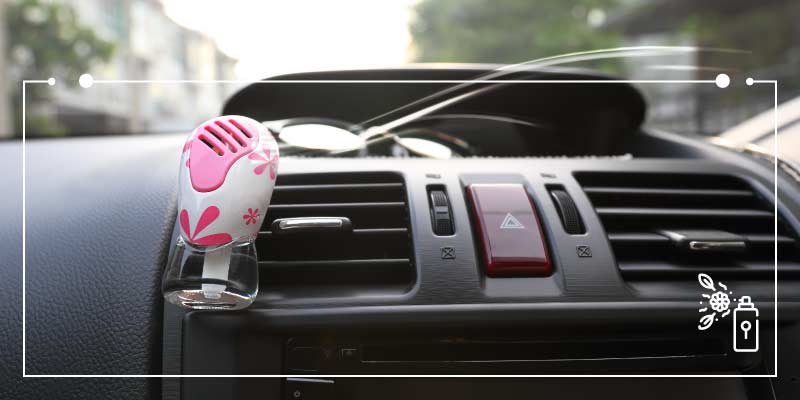Essential oils (EO‘s) are now a hot topic in finding modern substitutes for antibiotics. Many studies have shown positive results and confirmed their high antibacterial activity both in vitro and in vivo. However, the content of EO’s active substances varies depending on growing conditions of the plants and consequently on processing and storage. In addition, their content also changes dynamically during the passage through the gastrointestinal tract of the animals and their effective concentration can be noticeably diluted at their place of action (small intestine and colon).
Based on the solubility of the individual EO’s active substances, they are eliminated from the body at different rates. Despite a strong antimicrobial effect, some oils can be toxic to the body and cause damage to the liver, kidneys, or gastrointestinal tissues.
In a new paper, researchers from the Mendel University in Brno, Czech Republic delved deeper into the pharmacokinetics and potential toxicity in monogastric animals and reviewed the current studies done in this area. The paper has been published in the journal ‘Animals’. The researchers write that currently, conventional methods (hydrodistillation, steam distillation, hydro diffusion, and solvent extraction) to produce EO’s are alternated by green and sustainable extraction procedures. Benefits include shorter extraction times, lower energy consumption, low solvent usage, and less carbon dioxide emissions. Successful extraction does not depend on the time of extraction but from an individual approach to the plant material. It has been suggested that levels of the choice of extraction agent also plays a significant role.
Factors found to be influencing EO’s composition during storage have been explored in several studies. Notably, the exposure to EO’s to atmospheric oxygen and UV radiation is one of the major causes of chemical change leading to loss of their efficiency. It has been demonstrated that some phenolic components of EO’s are oxidised by contact with reactive oxygen species (ROS) producing very reactive phenoxyl radicals.
These types of radical reactions are enhanced by the presence of transition metal ions. If storage temperature does not exceed 10°C, then EO’s will maintain their stability for up to 8 weeks. A growing body of literature has investigated the protection of EO’s against oxidation. In this context, non-ionic surfactants, preservatives or stabilisers can be applied.





